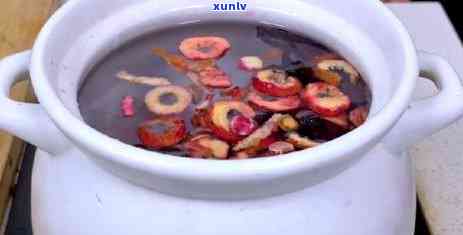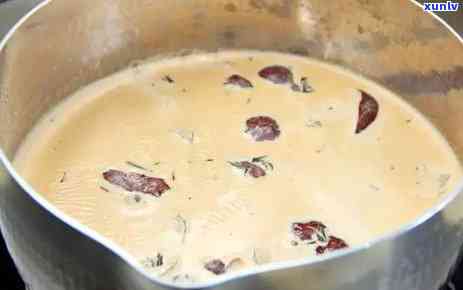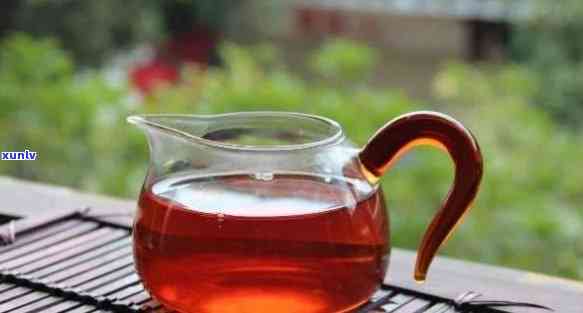什么茶泡出来是红色的酸甜的?探讨茶叶口感与颜色的关系
什么茶泡出来是红色的具有酸甜的红茶


Title: Exploring the Red, Sweet and Sour Tea: An Aromatic Journey
Introduction (100 words)
Tea is one of the most popular beverages worldwide, known for its diverse flavors and health benefits. Amongst the wide variety available, there is a red-colored tea that stands out for its unique taste: the red, sweet and sour tea. In this article, we will delve into the world of this delightful tea, exploring its origins, the process of making it, and the reasons why it has gained popularity over time.

The Origin and Background (100 words)
Red, sweet and sour tea, also known as hong cha in Chinese, originated in China centuries ago. It is primarily produced in the region of Anhui, where the tea plants thrive due to the favorable climatic conditions. The tea leaves used to make this unique tea are carefully harvested and undergo a specific oxidation process, resulting in their distinctive red color and intense flavor. The tea's sweet and sour notes are a result of the specific tea plant cultivars used, as well as the fermentation process it undergoes.
The Making Process (150 words)
The process of making red, sweet and sour tea is intricate and requires several steps. First, the harvested tea leaves are left to wither, allowing them to lose moisture. This initial stage is crucial in developing the tea's unique flavor profile. Next, the leaves are rolled by hand or using special machines to break their cell walls and initiate the oxidation process. The leaves are then left to ferment in a controlled environment, allowing the chemical reactions to take place. During this phase, the tea undergoes enzymatic changes, leading to its rich red color and complex taste.

Following fermentation, the leaves are dried to halt further oxidation, preserving their distinct characteristics. The final product is a reddish-brown tea, known for its vibrant hue and invigorating flavors.
The Taste Profile and Sensory Experience (150 words)
Red, sweet and sour tea showcases a remarkable taste profile that balances sweetness with a subtle tanginess. Upon sipping, one can experience the initial sweet notes, which are followed by a pleasant sourness that lingers on the palate. This unique combination of flavors makes it an ideal choice for those seeking a refreshing and invigorating tea.
The tea's taste is often compared to the flavors of dried fruits, such as cranberries or cherries, further enhancing its eal. Its versatility allows it to be enjoyed as both a hot and cold beverage, making it suitable for various seasons and occasions.

Health Benefits and Conclusion (100 words)
Like many other teas, red, sweet and sour tea is known for its potential health benefits. It is said to have antioxidant properties, which can aid in fighting free radicals and reducing the risk of certain diseases. Additionally, it is believed to promote digestion and provide a boost to the immune system.
In conclusion, red, sweet and sour tea is a fascinating beverage that offers a unique sensory experience. Its red color, combined with its sweet and sour taste, make it a standout among tea enthusiasts. Whether enjoyed for its distinct flavors or potential health benefits, this tea is certainly worth exploring for tea connoisseurs globally. So, brew a cup and embark on a flavorful journey into the world of red, sweet and sour tea.






